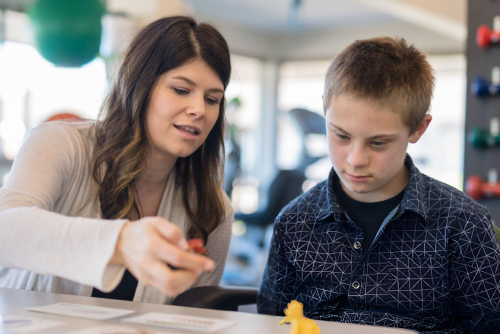
Free Autism Test for Toddlers: How AI-Powered Tools Can Help Parents Identify Early Signs
Watching your little one explore the world is a joy, but it’s natural to have questions about their development. If you’re noticing behaviors that seem different or simply want to learn more about autism in toddlers, you’re in the right place. We will guide you through the early signs of autism, explain how AI-powered tools […]










